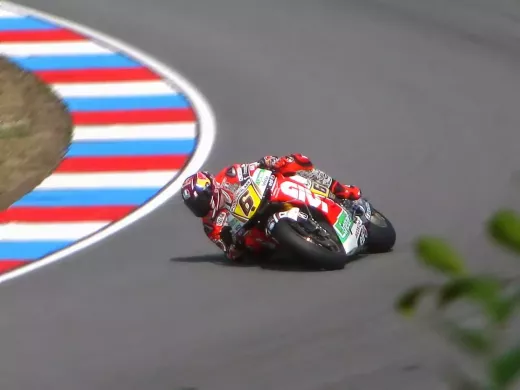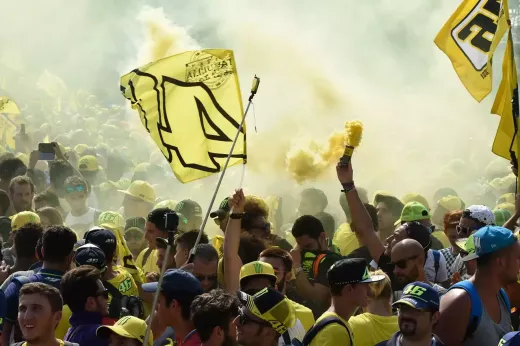The History of Indycar Racing
Indycar racing dates back to the early 1900s, when a group of race car drivers decided to compete in a 500-mile race on the Indianapolis Motor Speedway. The first Indianapolis 500 was held in 1911 and quickly became one of the most prestigious events in motorsports. Over the years, Indycar has seen its fair share of ups and downs, from the golden age of the 1960s to the split with CART in the early 2000s. But through it all, Indycar has remained a beloved institution for racing fans around the world.
The Most Iconic Moments in Indycar History
The 1960s: The Golden Age of Indycar Racing
The 1960s are widely considered the golden age of Indycar racing, a time when the sport was at the height of its popularity and the competition was fierce. One of the most iconic moments of this era came in 1961 when A.J. Foyt won his first Indianapolis 500. Foyt would go on to win the race three more times, becoming the first driver to win four Indy 500s in his career. The 1960s also saw the emergence of drivers like Mario Andretti, who won his first Indy 500 in 1969, and Parnelli Jones, who won the race in 1963.
The 1970s: The Rise of the Andretti Family
The 1970s brought a new generation of racing talent to Indycar, including the Andretti family. Mario Andretti won his second Indy 500 in 1974, while his son Michael Andretti made his debut in the race in 1984. But perhaps the most iconic moment of the 1970s came in 1977 when Janet Guthrie became the first woman to qualify for the Indianapolis 500. Guthrie's accomplishment broke down barriers in a male-dominated sport and paved the way for future female drivers like Danica Patrick.
The 1980s: The Emergence of Rick Mears
The 1980s saw the emergence of one of the greatest drivers in Indycar history: Rick Mears. Mears won four Indianapolis 500s in his career, including back-to-back wins in 1984 and 1985. But perhaps his most iconic moment came in 1988 when he won the race by just 0.16 seconds over Al Unser Jr. Mears' victory was a testament to his skill and determination, and it cemented his legacy as one of the all-time greats of Indycar racing.
The 1990s: The Dominance of Penske Racing
The 1990s were dominated by Penske Racing, which won six Indianapolis 500s during the decade. One of the most iconic moments of this era came in 1992 when Al Unser Jr. won his first Indy 500, beating out Scott Goodyear by just 0.043 seconds in a thrilling finish. Unser Jr. would go on to win the race again in 1994, cementing his place in Indycar history.
The 2000s: The Rise of Danica Patrick and the Split with CART
The early 2000s saw the split of Indycar racing, with the formation of the rival CART series. But despite the upheaval, the decade saw the rise of one of the most iconic drivers in Indycar history: Danica Patrick. In 2005, Patrick became the first woman to lead a lap at the Indianapolis 500, and in 2008, she became the first woman to win a major open-wheel race when she took the checkered flag at the Japan 300. Patrick's success inspired a new generation of female drivers and helped to bring Indycar racing to a wider audience.
The 2010s: The New Era of Indycar Racing
The 2010s ushered in a new era of Indycar racing, with the introduction of new cars, new safety measures, and a renewed focus on fan engagement. One of the most iconic moments of this era came in 2011 when rookie J.R. Hildebrand crashed on the final lap of the Indianapolis 500 while leading the race. The crash allowed Dan Wheldon to take the lead and win the race, in what would be his final victory before his tragic death later that year.
The Future of Indycar Racing
As Indycar racing looks to the future, there are plenty of reasons to be excited. With new technology, new talent, and a renewed focus on safety and fan engagement, the sport is poised to continue thrilling fans for generations to come. From the early days of the Indianapolis 500 to the modern era of cutting-edge technology, Indycar has left an indelible mark on the world of motorsports, and its most iconic moments will continue to inspire and captivate racing enthusiasts for years to come.
Indycar racing is not just a sport, but a legacy of speed, passion and adrenaline that has been passed down to generations. The moments that are etched in the history of Indycar racing are a testament to the skill and determination of the drivers, the thrill of the competition, and the love of the fans. It is a sport that is constantly evolving, but one that will always be defined by its most iconic moments.
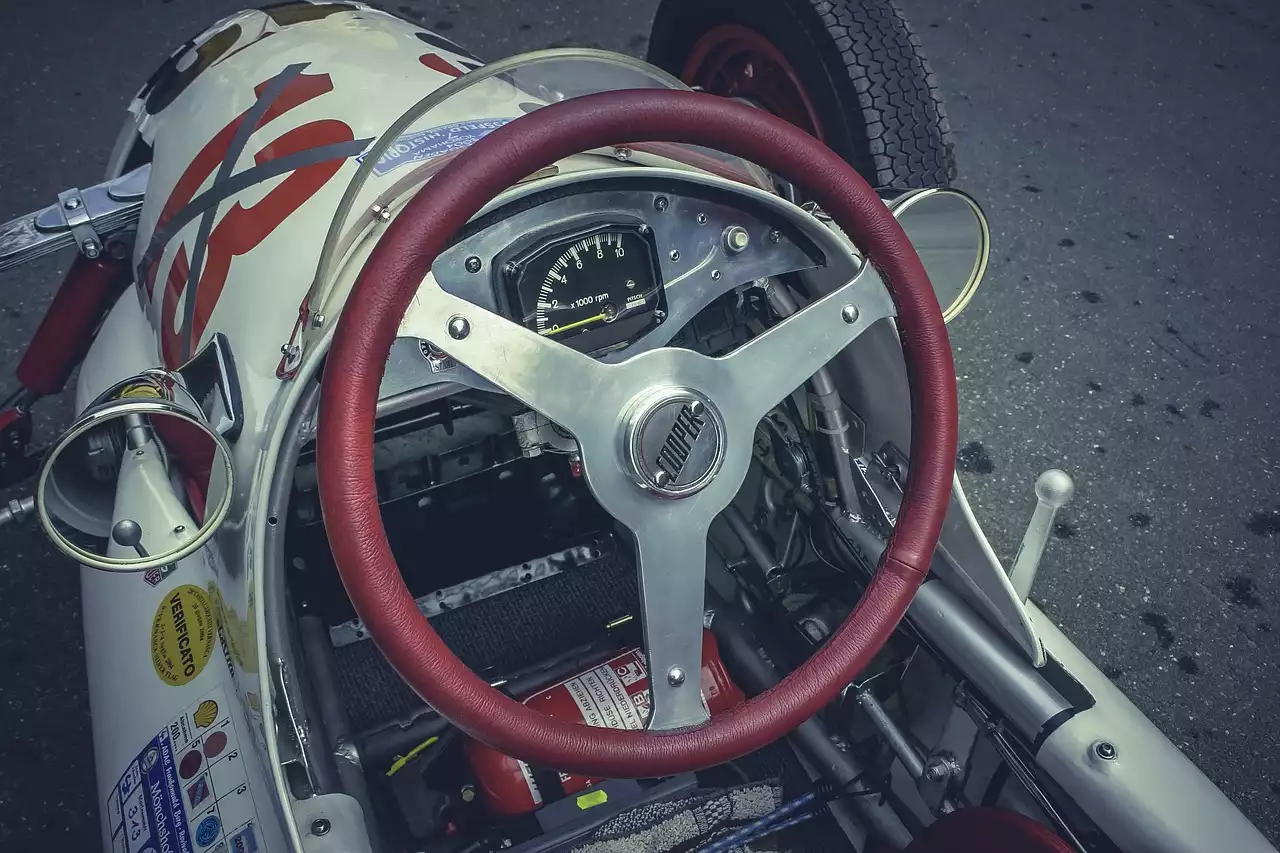
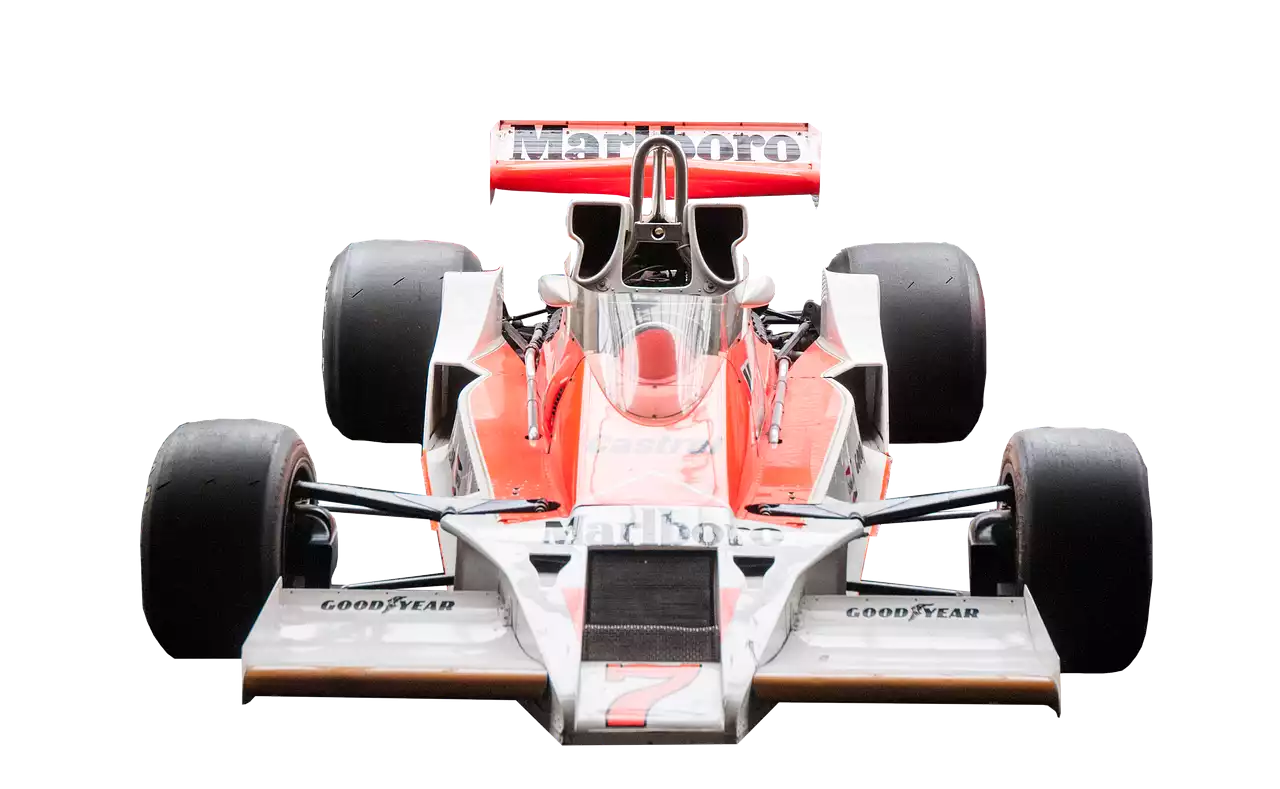
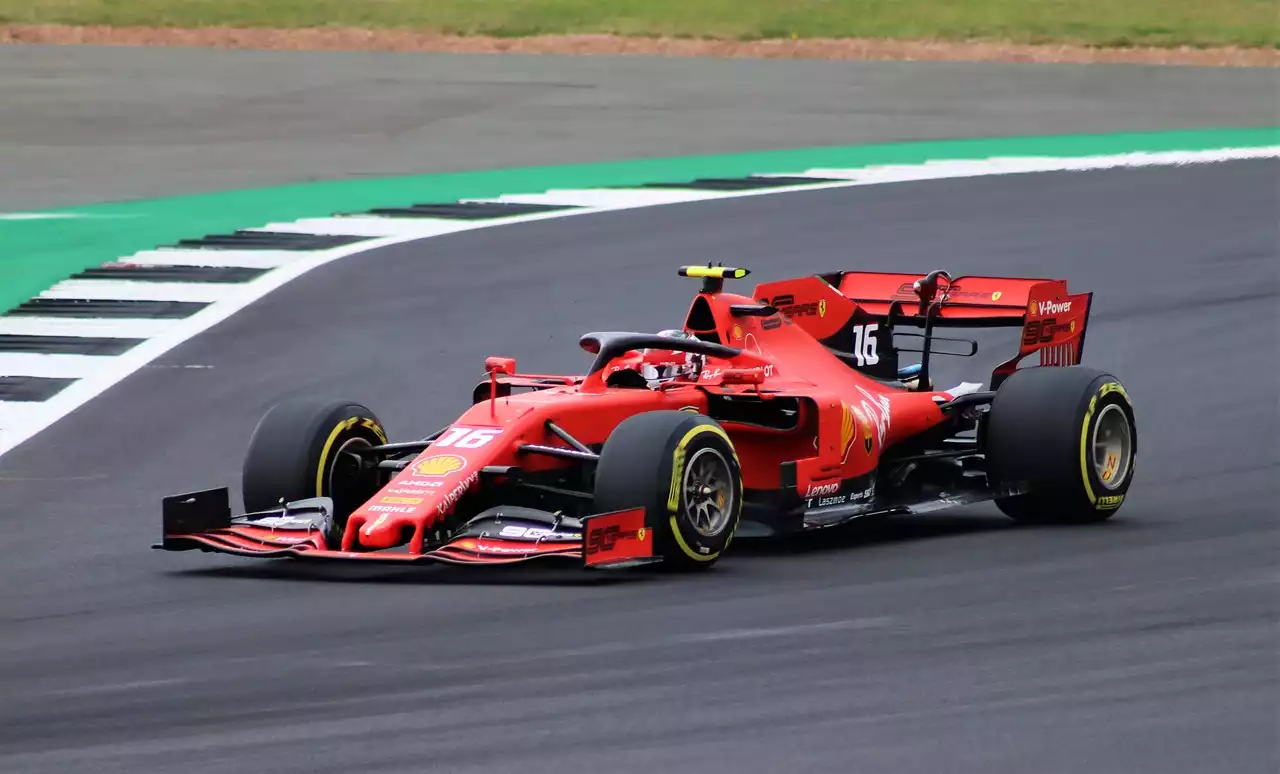
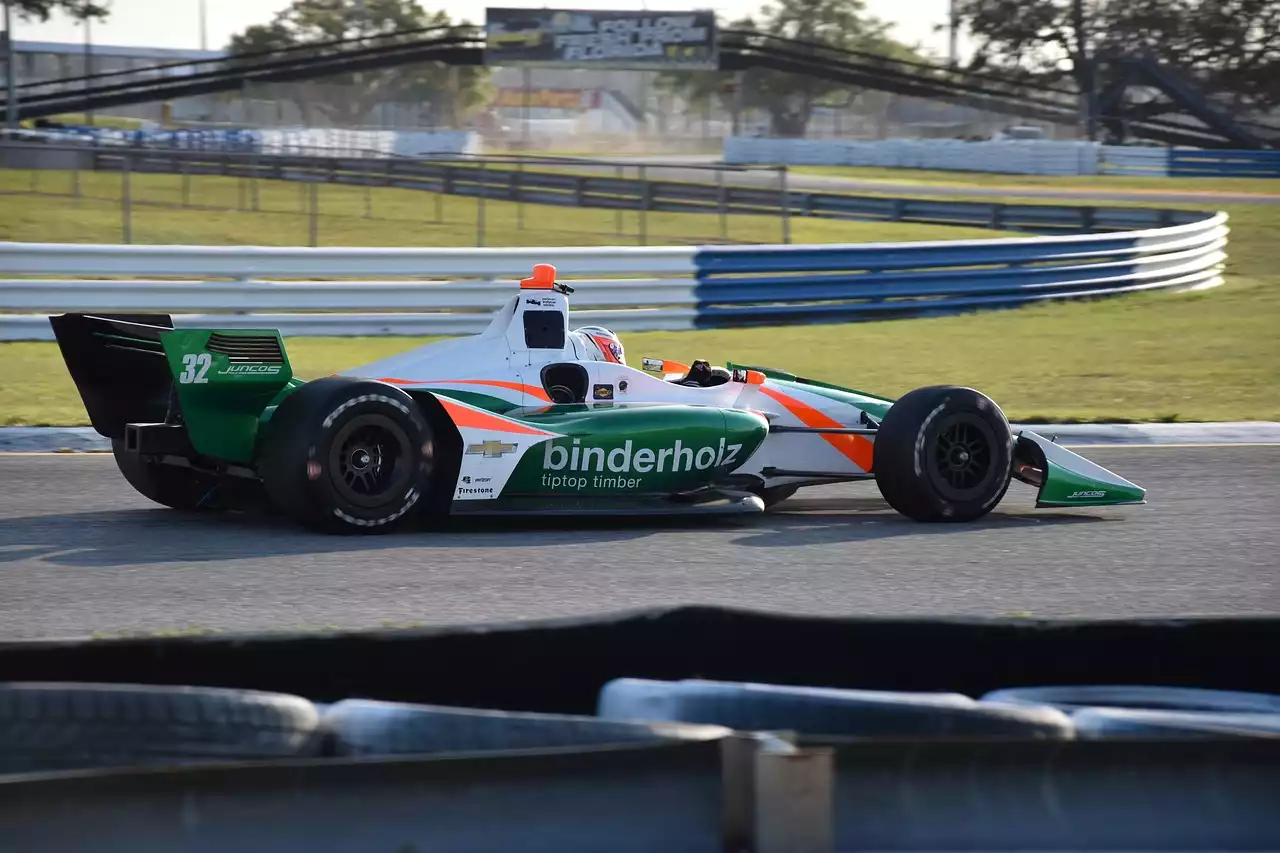
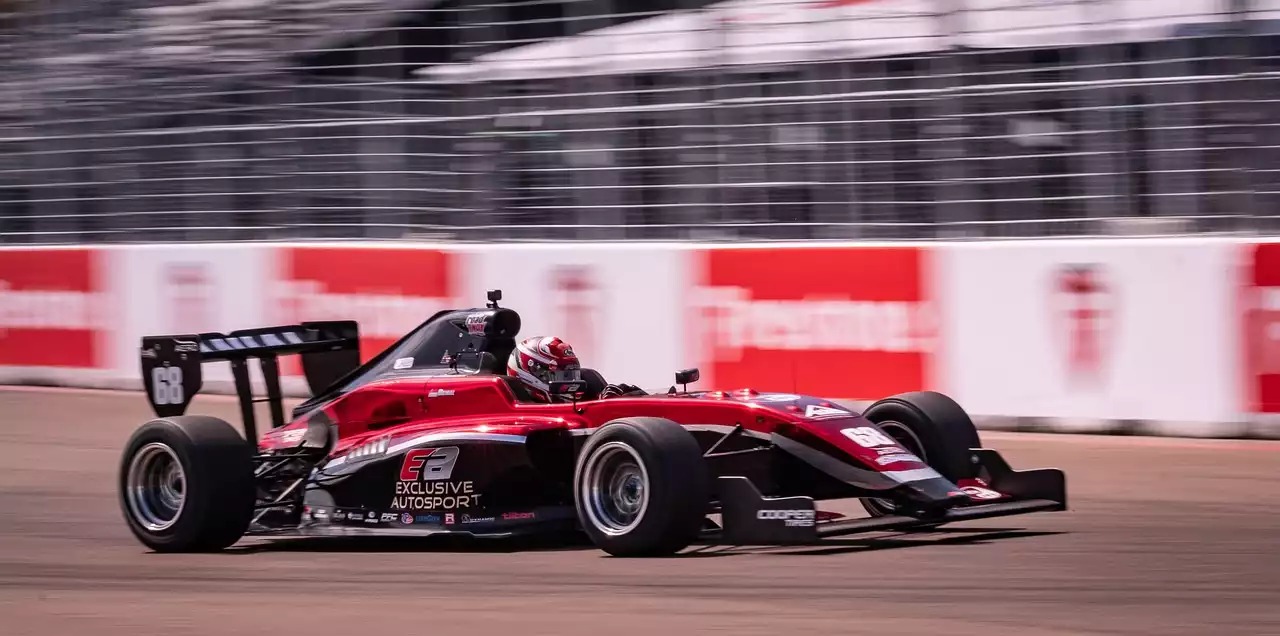
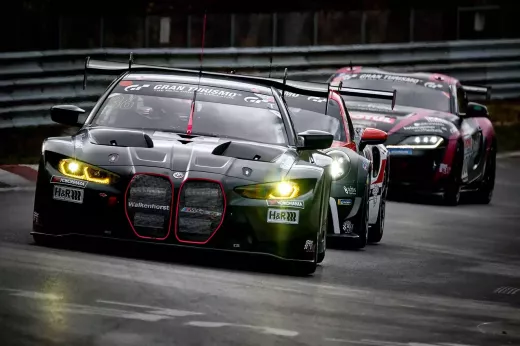
.png?size=50)
